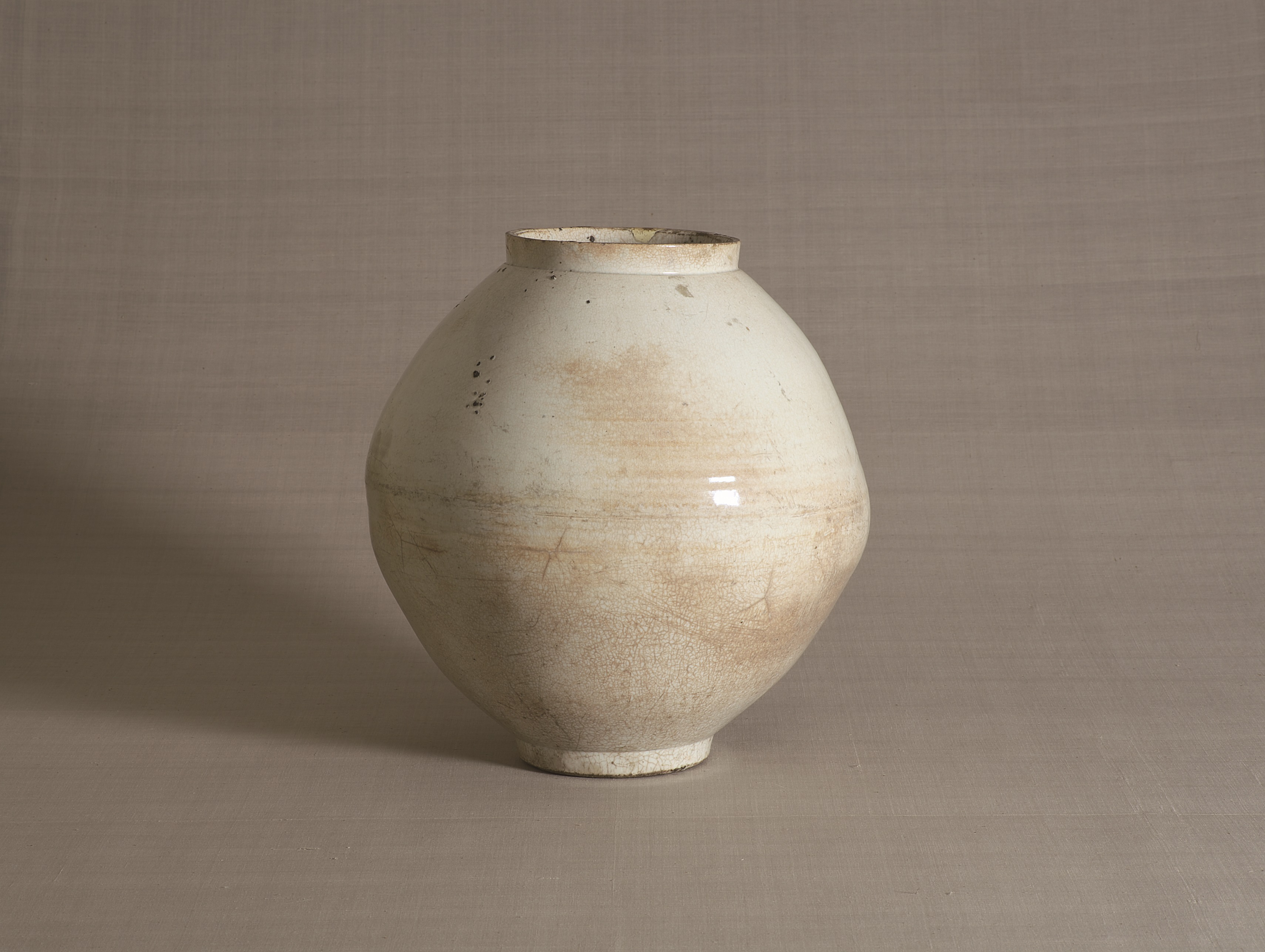The folk craft movement in Japan owes a great debt to Soetsu Yanagi (1889-1961), who coined the term "mingei" ("folk crafts") in 1925. Yanagi pioneered the notion that Japan's vernacular crafts had their own intrinsic artistic worth, and should be valued, collected and curated. His desire to share an appreciation of these simple objects with the public grew from an admiration for the Korean craft tradition and it became his mission to foster opportunities for the public to rediscover Japanese and other Asian traditional crafts firsthand. Thanks in large part to Yanagi's efforts, the mingei aesthetic was born, which led to a growing appreciation of folk crafts.
Yet, despite this, the appeal of such crafts in Japan was not immediate. Critics decried the inaugural collection of Yanagi's Japan Folk Crafts Museum (Mingeikan), which he founded in 1936, as not being genuine art. Undeterred, however, Yanagi spent his lifetime collecting Asian folk crafts, continuing to champion the Mingei movement along with his friends and colleagues Shoji Hamada (1894-1978), the second director of the museum, and Kanjiro Kawai (1890-1966).
"The Beauty of Korean Crafts" commemorates the 80th anniversary of the museum's founding with a collection of Joseon Dynasty (1392-1910) Korean crafts. The painstaking steps taken in organizing the exhibition, which celebrates the full spectrum of the folk arts and crafts of Korea, involved bringing to Japan three Korean cultural property and furniture restoration specialists, all trained in traditional joinery and construction techniques.


















With your current subscription plan you can comment on stories. However, before writing your first comment, please create a display name in the Profile section of your subscriber account page.